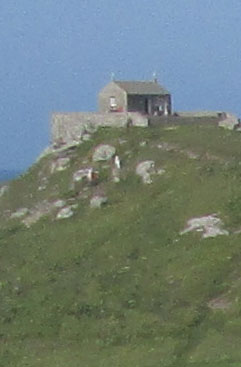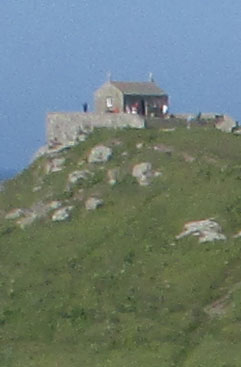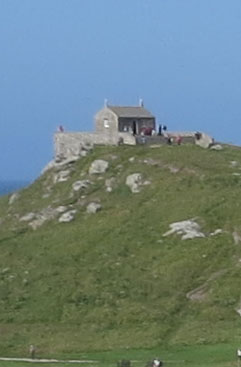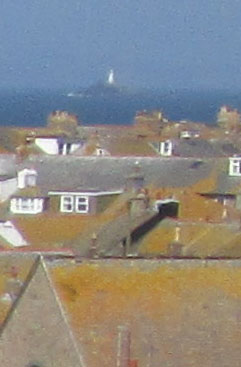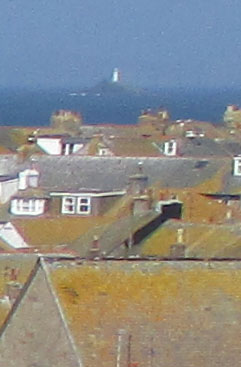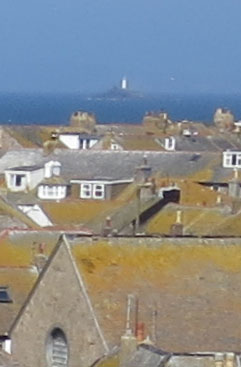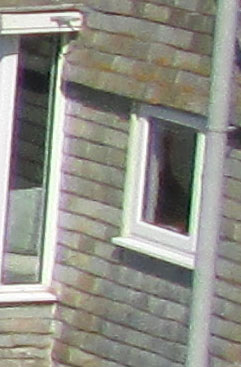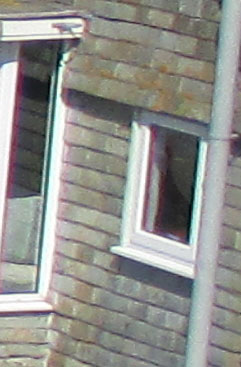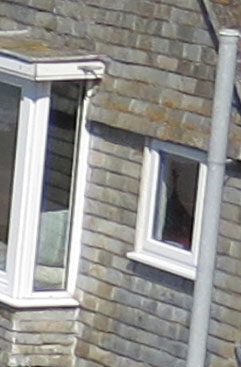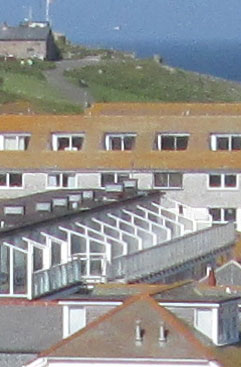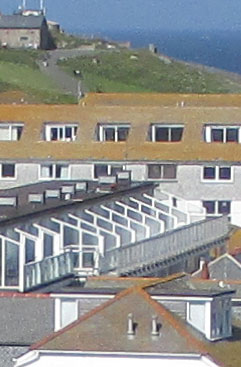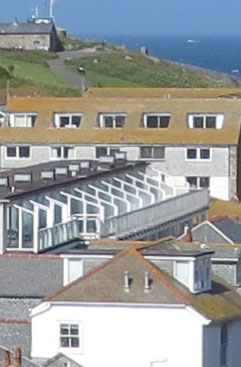|
To compare real-life performance I shot this scene with the Canon PowerShot A3500 IS, the Canon IXUS 140 / ELPH 130 IS and the Canon IXUS 255 HS / ELPH 330 HS, within a few moments of each other using their best quality JPEG settings.
The PowerShot A3500 IS and IXUS 140 / ELPH 130 IS were both set to their maximum 28mm equivalent wide angle. The IXUS 255 HS / ELPH 330 HS was zoomed in a little from its maximum 24mm equivalent to provide the same field of view.
For this test all three cameras were set to Program Auto mode. Image stabilisation was turned off and the camera settings were otherwise left on the defaults. | |
The image above was taken with the Canon PowerShot A3500 IS. The camera was set to Program Auto mode and with the sensitivity set to 100 ISO the PowerShot A3500 IS selected an exposure of 1/320 at f7.9. The IXUS 140 / ELPH 130 IS, also set to 100 ISO metered an exposure of 1/250 at f9 and, at its base 80 ISO sensitivity, the IXUS 255 HS / ELPH 330 HS selected an exposure of 1/1250 at f3.2.
The PowerShot A3500 IS has made a good job of the exposure, capturing the full range of tones in a tricky subject. Looking at the crops, there’s no escaping the fact that there’s quite a lot of noise around. In the first crop, the sky, which should be a flat blue, looks quite speckled and the noise is getting in the way of some of the image detail. Look a little further down and, although you can make out the doors and windows in the chapel, you can’t see much of the detail in the stonework and the edge of the surrounding wall is indistinct as is the detail in the foreground grass and rocks.
In the second crop, the lighthouse is recognisable as a white column in the distance but the edges are indistinct and, again, there’s an overall graininess obscuring finer image detail. There’s a lot of noise in the sea and sky regions and the transition between the two is very soft. The detail in the foreground windows and roofs is a little better, the window frames have sharp, well-defined edges, but the noise is getting in the way of the detail here too. The lack of detail gives the whole thing an impressionistic look.
The third crop, from close to the frame edge fares little better, though there’s a slight softness that takes the edge off the noise. There’s also noticeable red fringing in this crop. As you might expect, the best results come from the crop that’s close to the middle of the frame. But even here there’s a lot of visible noise is the sea and sky regions at the top which is also affecting the detail further down.
This is probably a good point at which to say that these 100 percent crops highlight the worst aspects of the PowerShot A3500 IS’s 16 Megapixel CCD sensor, but at smaller viewing sizes the image quality looks perfectly fine. It’s only when printing at or near 100 percent, in other words making near A2 sized prints, that quality really becomes an issue.
Comparing the crops from PowerShot A3500 IS with those from the IXUS 140 / ELPH 130 IS, the two sets of crops look very similar, which is not all that surprising as these two models share the same 16 Megapixel CCD sensor and Digic 4 processor. They don’t share the same lens of course, but though the PowerShot A3500 IS has a shorter 5x zoom, there’s no apparent difference in lens quality between these two models – they even show a similar degree of chromatic aberration on the third crop.
The 12.1 Megapixel back-illuminated CMOS sensor in the IXUS 255 HS / ELPH 330 HS produces crops with a larger area and smaller detail than those from the PowerShot A3500 IS, but it’s clear that the image quality from the former’s lower resolution CMOS sensor is visibly better. In the first crop the figures are more clearly defined, there’s more detail in the stonework and grass and the boundary definition is much cleaner. The advantage is equally clear on the other crops, the lighhouse is more distinct, with better detail in the foreground roofs, and the third crop is free of the colour fringing that affilcts the other two models. So while you’ll get bigger images from the PowerShot A3500 IS, they’re noisier with less detail.
To see how these models compare at higher sensitivities check out my Canon PowerShot A3500 IS Noise results. |
